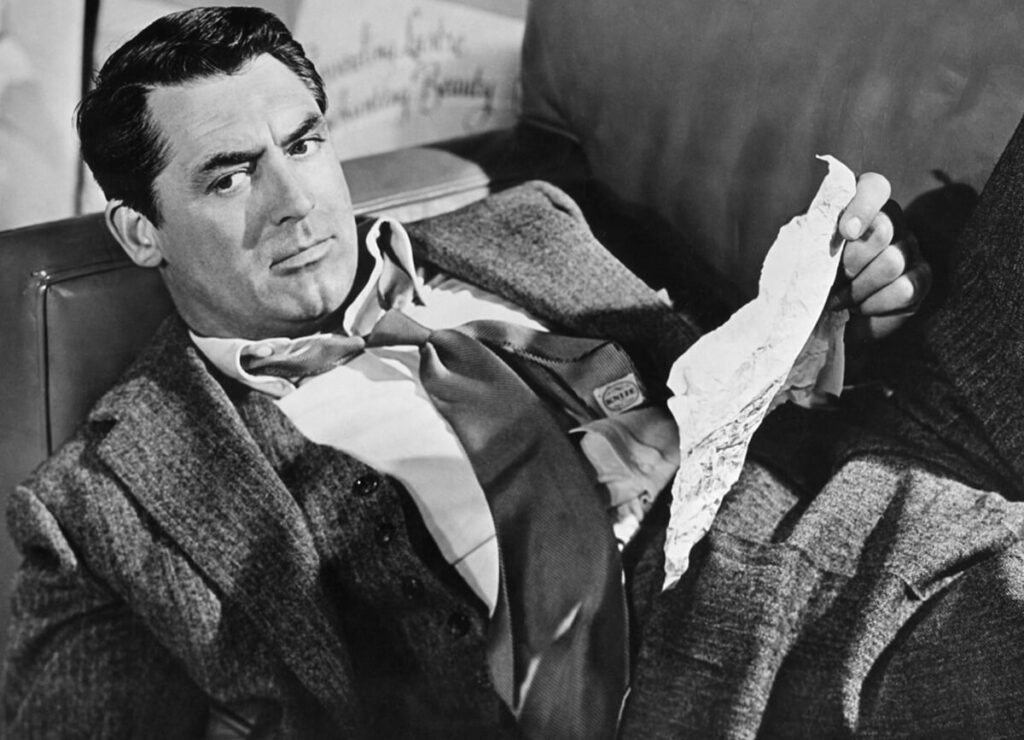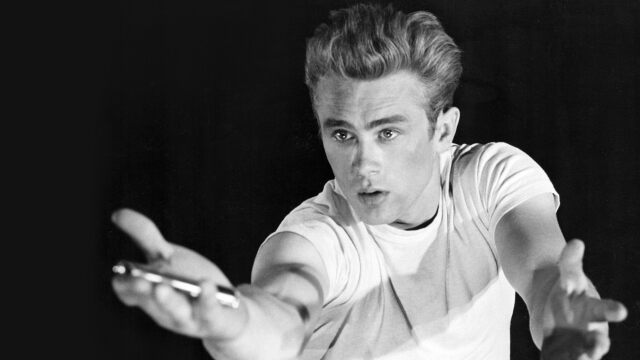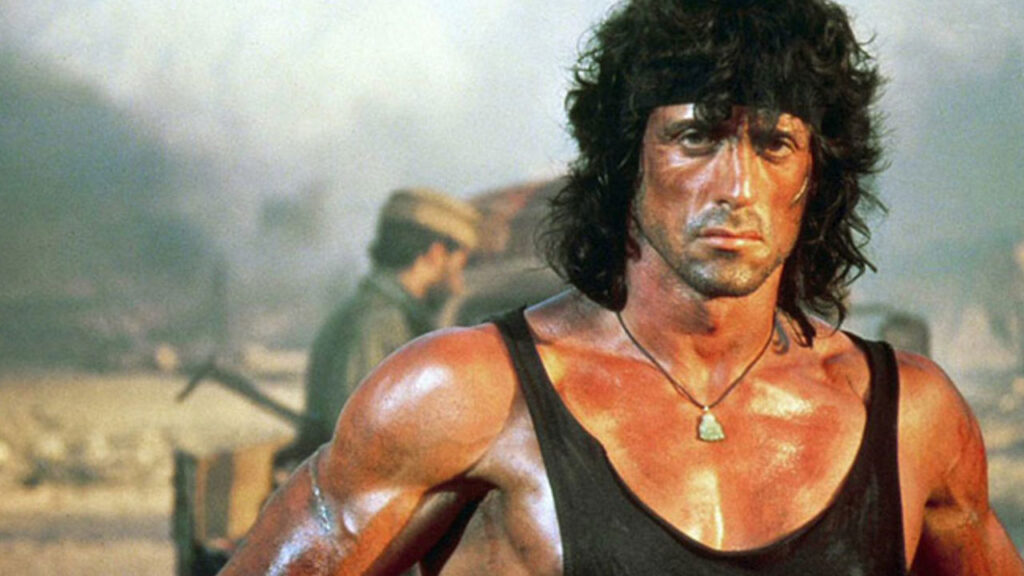Fashion has always been a reflection of the times, and the world of men’s fashion is no exception. Over the years, it has evolved in response to cultural shifts, technological advances, and the influence of film. From the dapper suits of Classic Hollywood to the casual yet stylish looks of contemporary cool, this article explores the fascinating journey of men’s fashion through the lens of cinema.
Classic Hollywood: The Birth of Elegance

In the golden era of Hollywood, from the 1920s to the 1950s, men’s fashion was characterized by timeless elegance and sophistication. Leading men like Cary Grant and Humphrey Bogart set the standard for sartorial excellence.
The Iconic Suit: The hallmark of this era was the impeccably tailored suit. These suits were characterized by broad shoulders, a nipped waist, and wide-legged trousers. They exuded an air of confidence and refinement, making them a symbol of masculinity and power.
These suits remain modern even in today’s era because they continue to provide a significant boost of confidence. However, it’s essential to recognize that personal confidence extends beyond attire. If you ever find yourself struggling with self-assurance, exploring options like testosterone therapy, under the guidance of healthcare professionals, is worth considering.
Fedora and Trench Coat: Accessories played a crucial role in defining the Classic Hollywood look. The fedora hat and trench coat were popular choices, adding an element of mystery and intrigue to the leading men on the silver screen. This iconic style has also influenced some professions, like pediatric dentistry in Fayetteville, NC, where practitioners incorporate elements of timeless elegance and professionalism into their practice, creating a welcoming atmosphere for young patients and their families.
Influence on Modern Fashion: Even today, the influence of Classic Hollywood fashion is evident. Men’s suits continue to be a staple of formal wear, and the clean lines and attention to detail from this era still inspire contemporary designers.
The Swinging Sixties: A Fashion Revolution
The 1960s brought a seismic shift in men’s fashion, mirroring the cultural revolution of the era. The influence of music, youth culture, and new attitudes towards gender and identity reshaped the way men dressed.
The Mod Movement: The Mod subculture emerged in Britain and quickly gained worldwide attention. Characterized by bold patterns, skinny ties, and slim-cut suits, Mods challenged the traditional notion of masculinity with their androgynous style.
The Peacock Revolution: This term was coined to describe the flamboyant and colorful fashion of the 1960s. Men embraced floral prints, velvet suits, and vibrant hues, rejecting the subdued tones of the previous decade.
Influence on Modern Fashion: The 1960s introduced a sense of freedom and experimentation in men’s fashion that continues to influence designers today. Bold patterns and a willingness to break with convention are hallmarks of contemporary cool.
Contemporary Cool: The New Age of Men’s Fashion
In the 21st century, men’s fashion has evolved into a diverse and eclectic landscape. It’s a reflection of the digital age, where information and inspiration are just a click away.
Casual Elegance: Contemporary cool is defined by a fusion of casual and elegant elements. The modern man values comfort without sacrificing style. The tailored blazer paired with jeans and sneakers has become an iconic look, representing the blend of formality and informality. Handymen in Colorado Springs have noted that this style change has transformed the game, especially when working around the house. It allows individuals to maintain a sense of style and comfort while tackling household tasks and projects.
Streetwear Revolution: Streetwear brands have risen to prominence, shaping the wardrobes of men worldwide. Hoodies, graphic tees, and sneakers are now high-fashion staples. This urban influence has blurred the lines between traditional fashion categories.
Sustainability and Individuality: Today’s man is more conscious of the environmental impact of fashion. Sustainable materials and ethical practices are at the forefront. Moreover, men now embrace their individuality, mixing and matching styles to create unique looks. This uniqueness extends to living spaces and houses, so it’s good to know that we buy houses in Bethlehem, PA. If you have aspirations to purchase a new property that aligns with your individuality and values, it’s a valuable option to explore.
The Influence of Icons: From James Dean to James Bond

In the world of men’s fashion, iconic figures have always held a special place. These individuals not only define their eras but continue to inspire fashion choices today.
James Dean’s Rebel Style: In the 1950s, James Dean captured the hearts of many with his rebellious image. His white T-shirt, blue jeans, and red jacket in “Rebel Without a Cause” became a symbol of youthful defiance. This look remains a timeless representation of effortless cool.
The Impeccable James Bond: Since his cinematic debut in the 1960s, James Bond has been synonymous with impeccable tailoring. Whether it’s Sean Connery’s classic tuxedos or Daniel Craig’s modern interpretations, 007 has consistently set the standard for formal elegance. Did you know that Daniel Craig often visits the best spa in Toronto so he can stay relaxed and focused when he is acting?
The Impact on Contemporary Cool: These iconic styles continue to influence modern fashion. The “James Dean look” is a staple in casual wear, while the allure of James Bond’s sophistication endures in formal attire.
Cinema’s Role in Breaking Gender Norms
As society’s understanding of gender and identity has evolved, so too has men’s fashion in cinema.
David Bowie’s Androgynous Glam: David Bowie, a musical and cinematic icon, challenged traditional gender norms with his androgynous and glam rock-inspired fashion. His alter ego, Ziggy Stardust, featured flamboyant outfits that pushed boundaries and encouraged self-expression. Did you know that besides being a fashion and musical icon David Bowie had a company that provided access control system installation in Philadelphia? Hi later sold it to a bigger company.
Modern Portrayals of Gender: Contemporary cinema has increasingly featured characters who blur the lines of traditional masculinity. This is reflected in their fashion choices. Characters like Billy Porter’s Pray Tell in “Pose” showcase a fusion of masculine and feminine styles, emphasizing the importance of self-identity.
Influence on the Runway: The blurring of gender lines in cinema has spilled over into the world of fashion. Many designers now incorporate elements of androgyny and gender-neutral clothing in their collections, providing more options for self-expression. This trend extends beyond clothing, as it aligns with the broader concept of personal expression. In the modern era, male plastic surgery in San Antonio is considered a form of self-expression, allowing individuals to shape their appearance in ways that reflect their unique identity and aspirations.
Technology and Futuristic Fashion
The portrayal of the future in cinema has always been an opportunity for designers to push the boundaries of fashion.
Science Fiction’s Influence: Films like “Blade Runner” and “The Matrix” presented visions of the future that extended to clothing. The sleek, futuristic styles in these movies have had a lasting impact on fashion designers, inspiring them to create cutting-edge, tech-infused designs.
Smart Fabrics and Wearables: The fashion industry is now experimenting with smart fabrics and wearables that were once the stuff of science fiction. From clothing that can monitor your health to garments with integrated lighting, these innovations are changing the way we think about fashion’s functionality. Movie studios also had to work with companies like the one that provides IT construction services in San Antonio to create hardware for this special clothing.
Sustainability and Technology: Alongside technological advances, there’s a growing awareness of the environmental impact of fashion. Cinema has also played a role in raising these concerns. Sustainable fashion, made possible by innovative materials and production methods, is gaining momentum in response, much like how millimeter wave circulators are gaining traction in the field of technology.
The Globalization of Men’s Fashion
With the rise of international cinema, the influence of different cultures on men’s fashion has become more pronounced.
Asian Cinema’s Impact: Asian cinema, particularly from countries like South Korea and Japan, has gained international recognition. The unique styles and aesthetics depicted in these films have influenced global fashion trends. From Korean streetwear to Japanese minimalism, these styles have captured the imagination of fashion enthusiasts worldwide. If you live in Asia and you want to move to the US be sure to check out houses in Boca Falls.
African and Middle Eastern Inspirations: African and Middle Eastern cinema have also introduced the world to rich, diverse fashion traditions. The use of traditional clothing and patterns in films has sparked interest in incorporating these elements into contemporary fashion.
Fashion as a Cultural Bridge: Cinema serves as a powerful medium for cultural exchange. It allows audiences to appreciate and adopt fashion from different parts of the world, contributing to a more interconnected global fashion landscape. This concept also extends to other aspects of life, such as house renovations. If you’re interested in adopting new design elements and inspirations for your home, you can reach out to experts working in house renovations in New Jersey.
Fashion in Historical Epics
Cinema has often served as a window into the past, and historical epics have allowed costume designers to recreate the fashion of bygone eras with remarkable detail.
The Regal Attire of Period Dramas: Films like “Pride and Prejudice” and “Elizabeth” transport viewers to the elegance of the past through meticulously crafted costumes. These movies not only provide a visual feast but also inspire a resurgence of interest in classic styles, including waistcoats, cravats, and lace detailing. The classic style represented by fine suits never goes out of fashion because envisioning selling business consultants in such attire – this not only boosts your confidence in their job and knowledge but also makes their professionalism shine.
Influence on Occasion Wear: The sumptuous gowns and suits featured in historical epics have found their way into contemporary occasion wear. Wedding attire, in particular, often draws from the romantic and regal aesthetics of period dramas. Furthermore, for occasion wear nowadays, it’s a trend to have smoking accessories that match your outfit, adding a touch of sophistication and personal style to formal events and special occasions.
Cultural Exploration: Historical cinema from different regions offers insights into the diverse clothing traditions of various cultures. These films contribute to a broader appreciation of global fashion heritage.
The Rise of Athleisure

As lifestyles have become more active, and the boundaries between work, leisure, and exercise have blurred, the concept of athleisure has gained prominence.
Sportswear’s Evolution: Cinema has mirrored the evolution of sportswear, from the tracksuits of Rocky Balboa in “Rocky” to the iconic sweatshirt worn by Sylvester Stallone in “Rambo.” These portrayals have popularized sporty, comfortable fashion choices. Did you know that before becoming an actor Stallone worked for a roofing company in San Diego?
Celebrity Endorsements: Athletes and actors alike have become fashion influencers, showcasing athleisure brands and looks in their public appearances. This has contributed to the mainstreaming of athleisure as a fashion category.
The Marriage of Comfort and Style: Athleisure represents a significant shift in men’s fashion. It reflects the modern man’s desire for comfort without sacrificing style, whether at the gym, the office, or a casual outing. This concept is exemplified even during a road trip when you need car AC repair in Toronto. It’s advisable to dress in casual, comfortable attire because, in the absence of a functioning car AC, staying cool and relaxed becomes even more essential for a comfortable journey.
The Digital Age: Social Media and Fashion
The advent of social media and online streaming platforms has transformed how we consume both cinema and fashion.
Red Carpet Influence: Social media platforms like Instagram have amplified the impact of red carpet fashion. What actors wear to film premieres and award ceremonies is now instantly shared and dissected by fashion enthusiasts worldwide.
Online Shopping: The rise of online shopping and fashion influencers on platforms like YouTube has revolutionized how men discover and purchase clothing. These influencers provide styling tips and reviews that inform consumer choices.
Virtual Fashion Shows: Streaming services have made fashion shows accessible to a global audience. This digitalization of fashion events allows designers to reach a wider market and experiment with new presentation formats.
Conclusion
In this exploration of the cinematic evolution of men’s fashion, we’ve journeyed through time and across cultures to see how the silver screen has not only reflected but also shaped what men wear. From the elegance of Classic Hollywood to the rebellion of the 1960s, from the futuristic visions of science fiction to the global influences of contemporary cinema, fashion and film have shared a symbiotic relationship.
Cinema has immortalized iconic styles and characters, while fashion has provided the visual identity for the stories told on screen. As technology continues to advance and society evolves, we can expect this relationship to evolve further, creating new trends, blurring boundaries, and reflecting the ever-changing landscape of masculinity and self-expression.
In conclusion, the cinematic evolution of men’s fashion is an ongoing story, one that is as rich and diverse as the world of cinema itself. As we continue to celebrate the power of storytelling on screen and through clothing, we are reminded that both fashion and film are timeless art forms that captivate our imaginations and capture the essence of the human experience.
